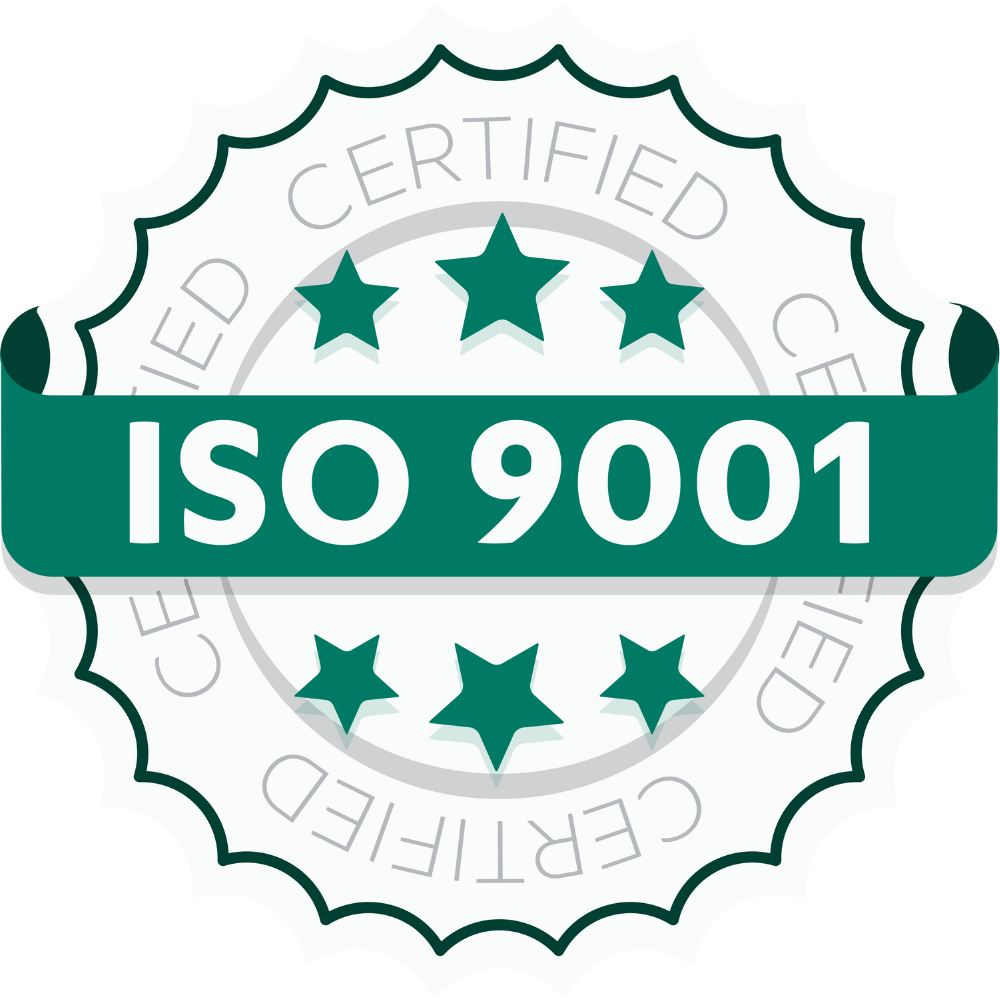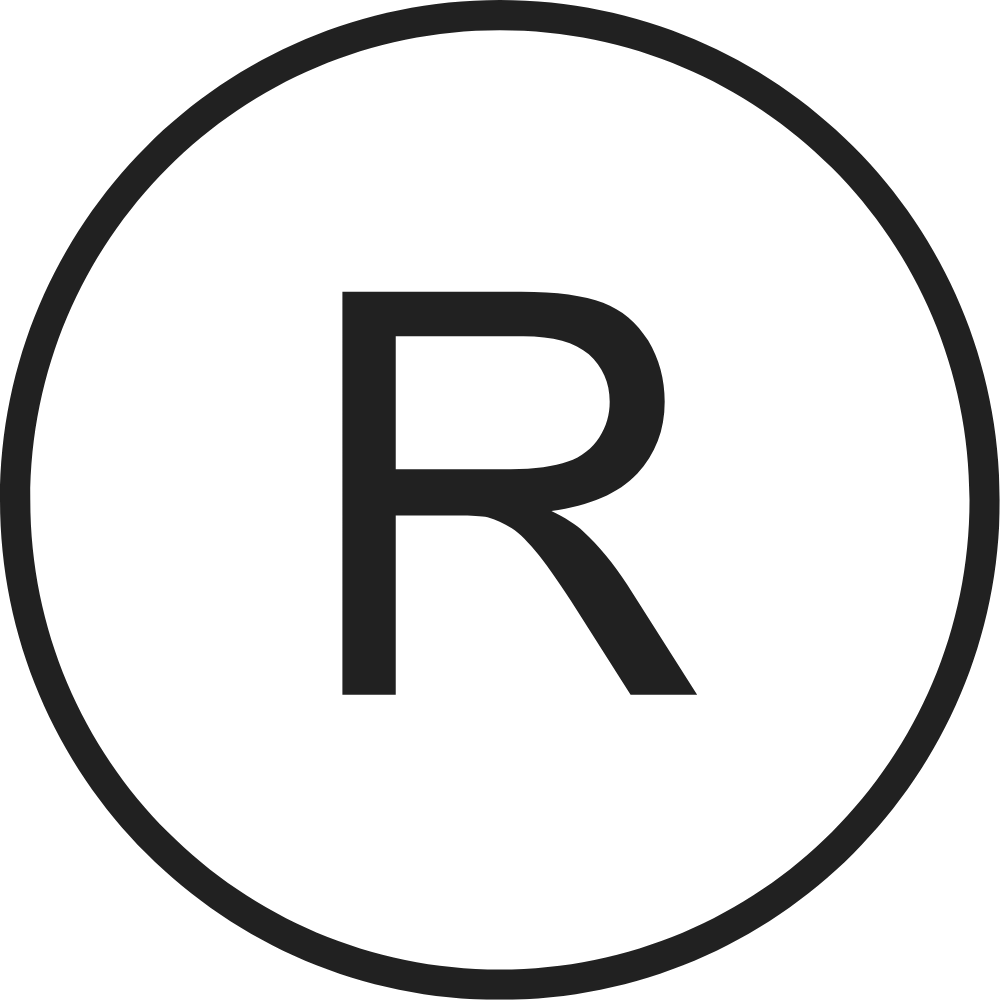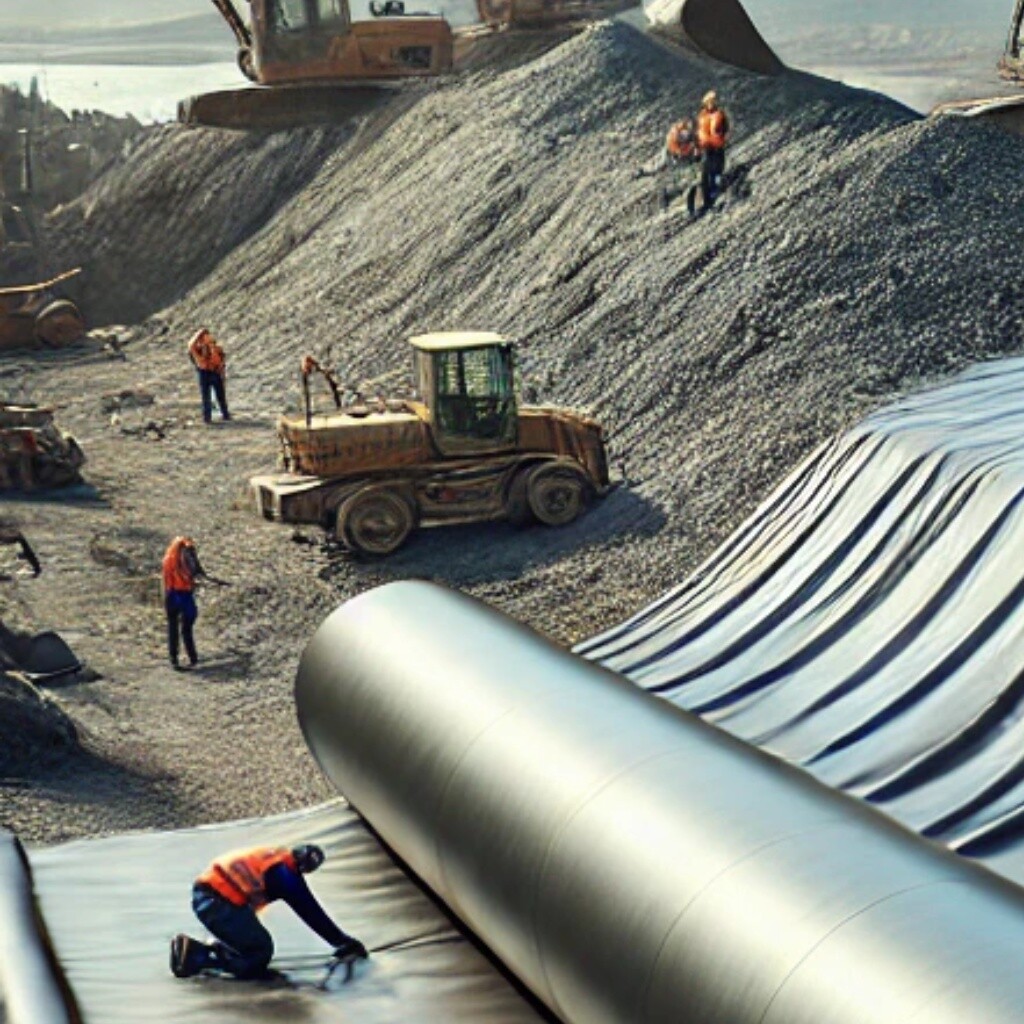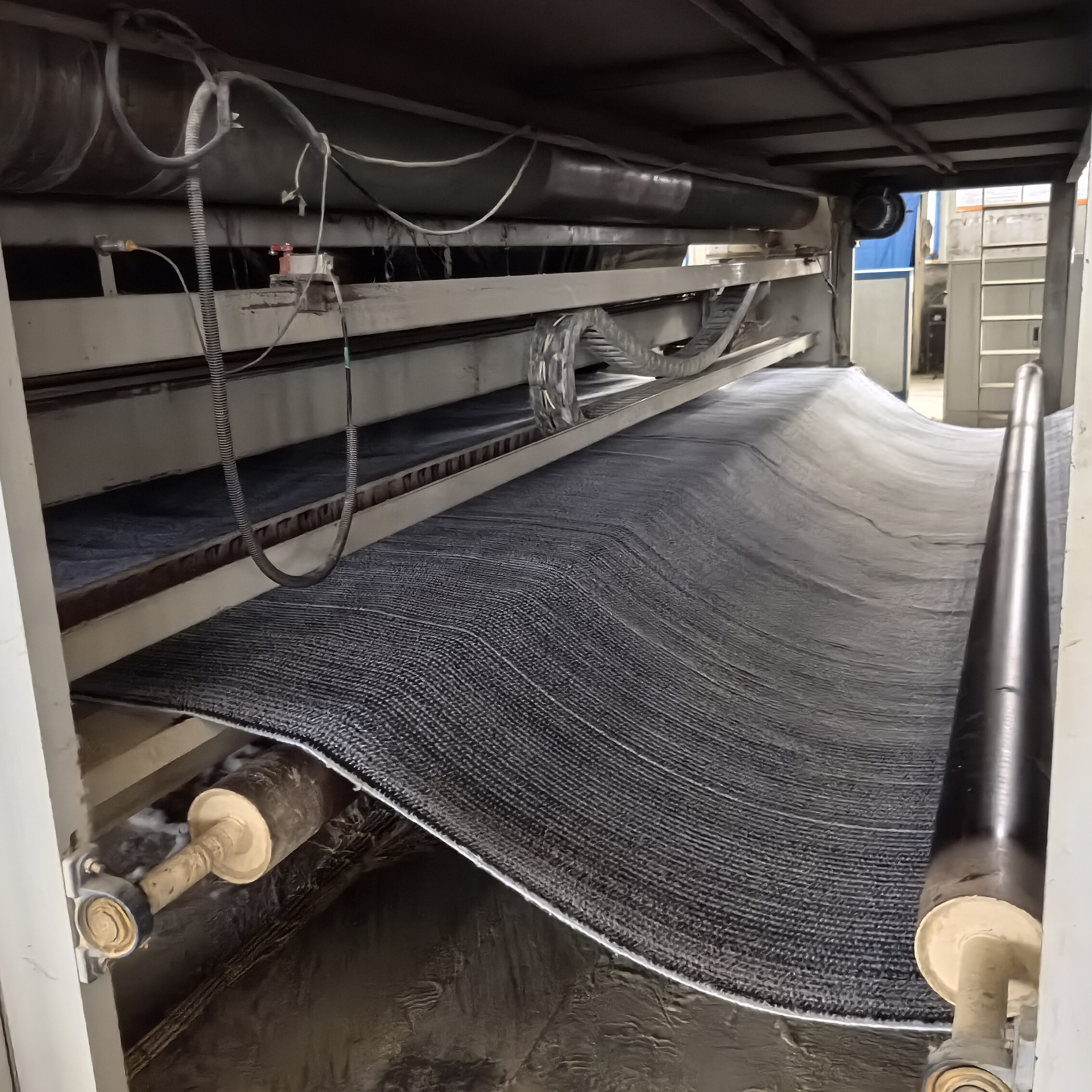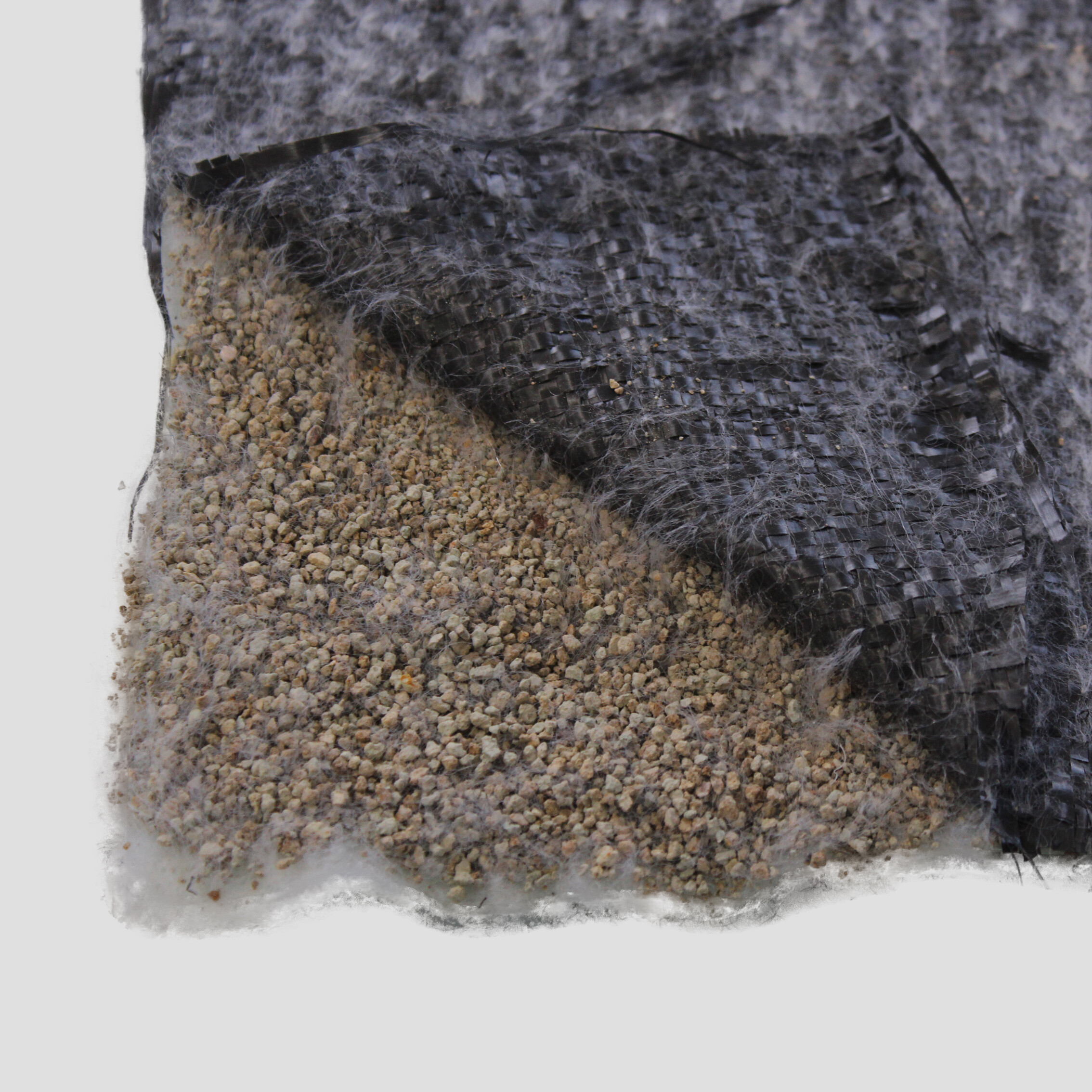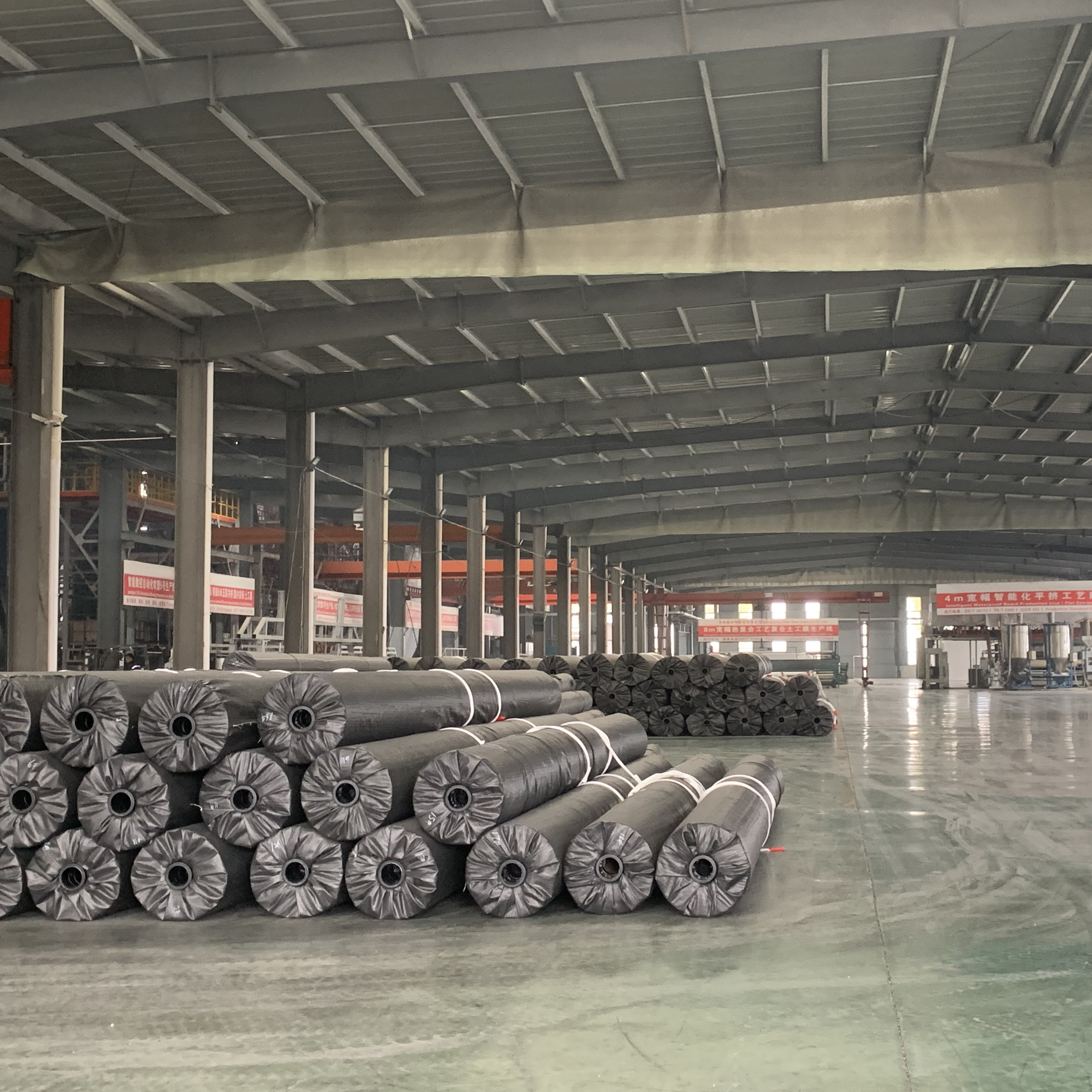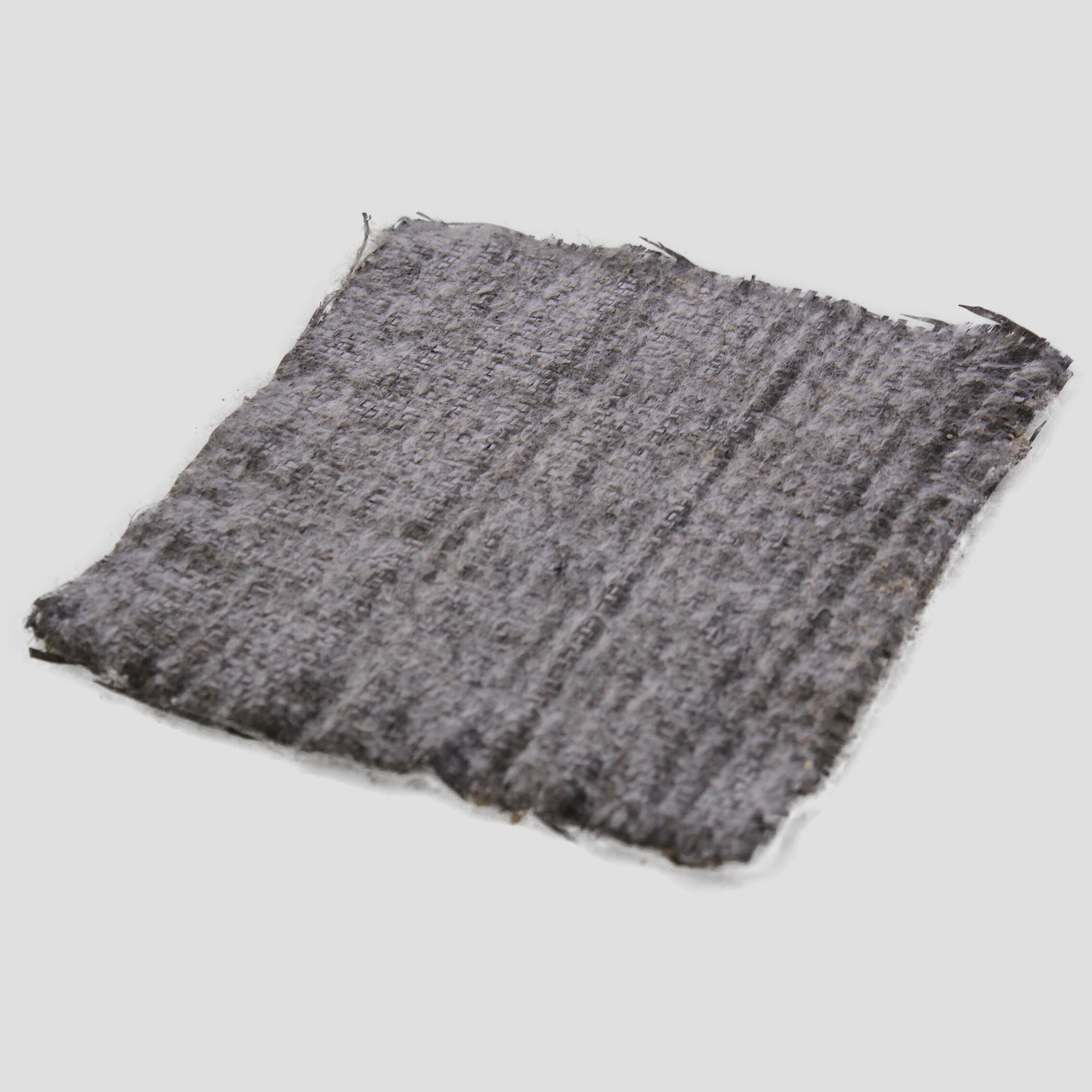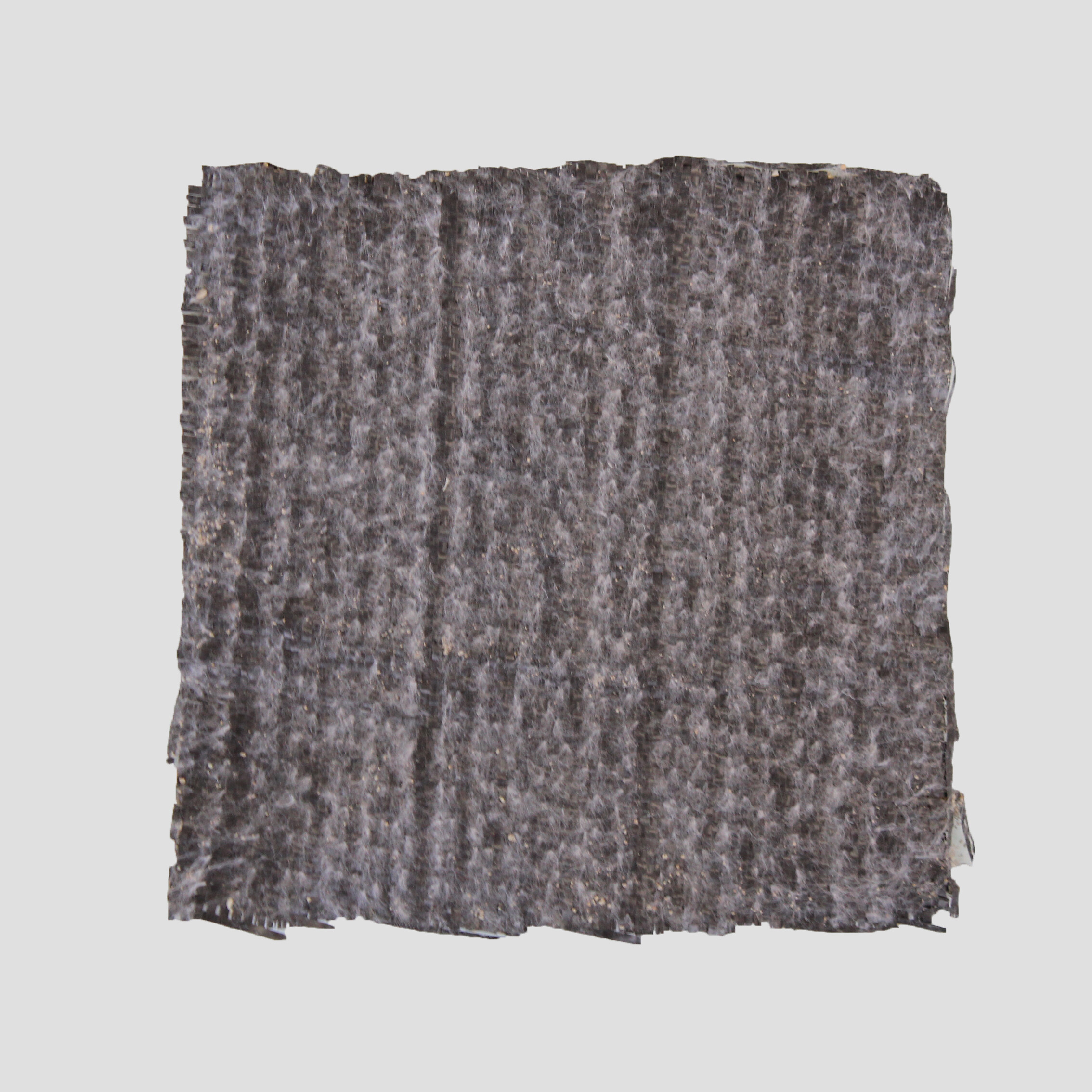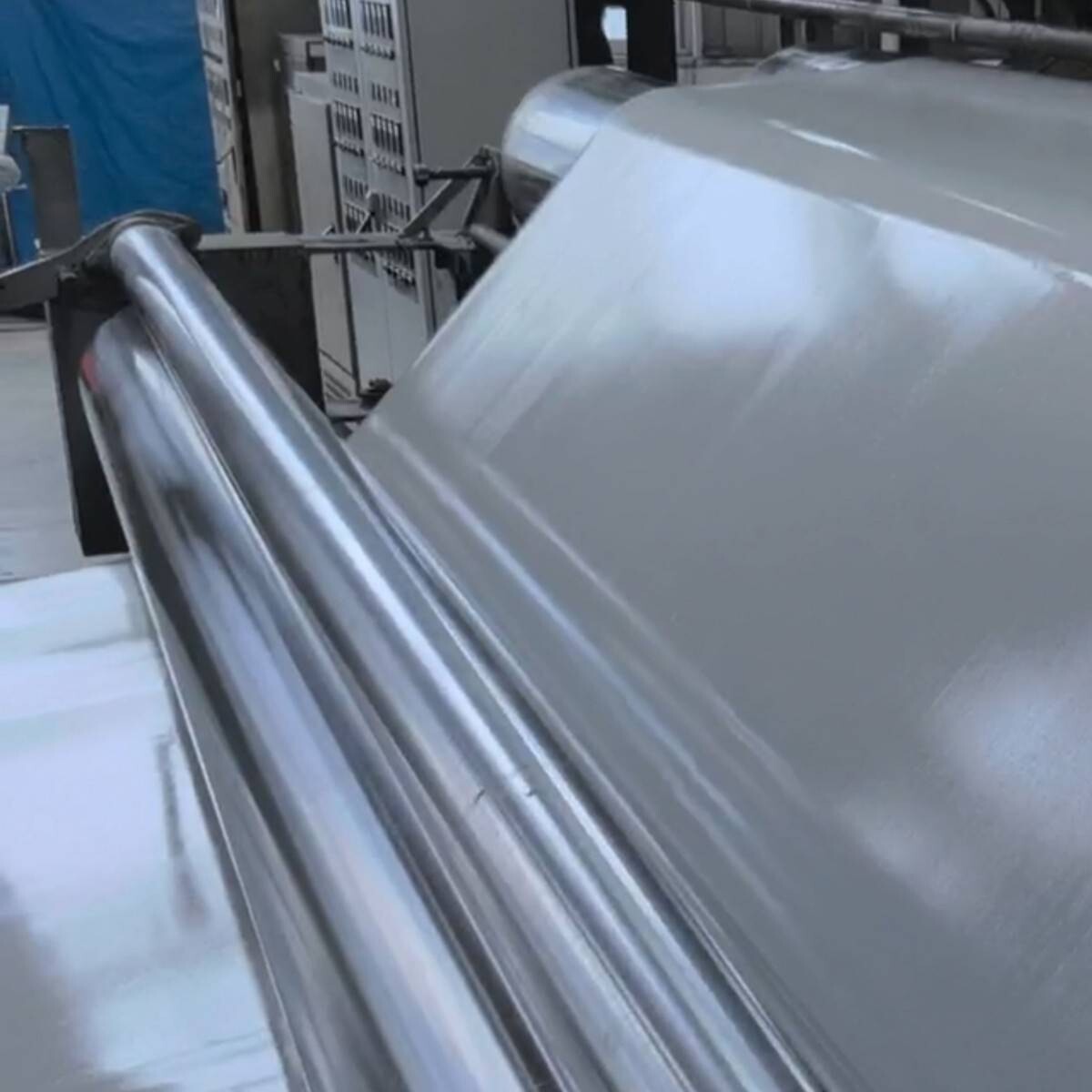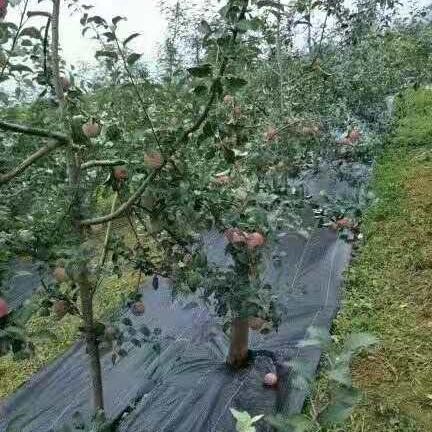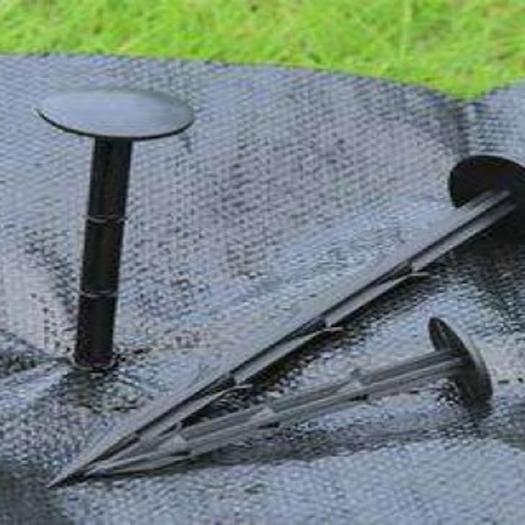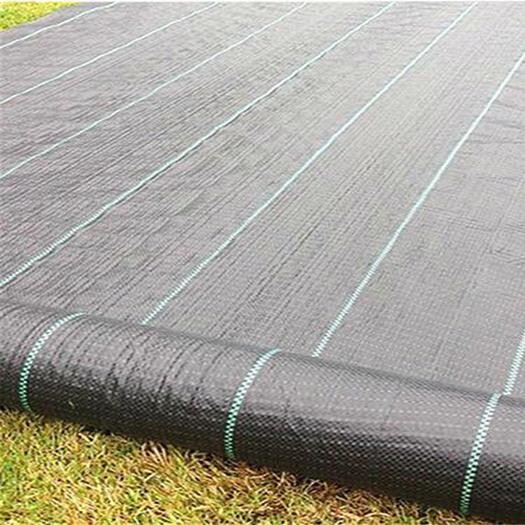Product Overview
The Geosynthetic Clay Liner for Landfill (GCL) is a composite geosynthetic material that combines the natural impermeability of bentonite clay with the strength of geotextiles, specifically designed for use in landfill containment systems. The GCL forms a strong, waterproof barrier that prevents leachate, hazardous waste, and contaminants from leaking into the surrounding environment. Its ability to self-heal minor punctures and its excellent resistance to environmental stress make it a reliable and sustainable choice for landfill projects.
Product Features
- Superior Leak Protection: The bentonite clay layer swells when hydrated, forming a dense, impermeable barrier that effectively prevents the migration of contaminants.
- Self-Healing: The natural properties of bentonite enable the GCL to self-seal small punctures, enhancing the reliability of the liner over time.
- High Strength and Durability: Reinforced with geotextiles, the GCL offers increased tensile strength, tear resistance, and durability under various environmental and mechanical stresses.
- Chemical Resistance: The material is highly resistant to a wide range of chemicals, including leachate from municipal and industrial waste, making it suitable for harsh landfill conditions.
- Environmentally Safe: Made from natural, non-toxic materials, the GCL helps to ensure environmental protection and sustainability in landfill operations.
Product Specifications
- Material Composition: A layer of sodium bentonite clay encapsulated between two layers of nonwoven geotextiles.
- Thickness: Typically, the bentonite layer is 5mm to 10mm thick, with the overall thickness of the GCL ranging from 8mm to 15mm.
- Width: Available in large rolls with widths up to 6 meters to accommodate large-scale landfill projects.
- Permeability: The GCL has a permeability coefficient of 10^-9 cm/s or lower, providing excellent resistance to water and leachate migration.
- Tensile Strength: The GCL typically exhibits a tensile strength of 8-15 MPa, depending on the design and geotextile reinforcement.
- Weight: Typically weighs between 4 and 5 kg/m², making it lightweight and easy to handle during installation.
Applications
- Landfill Lining: Used as a primary liner material to prevent the migration of leachate and contaminants into the soil and groundwater in both municipal and industrial landfills.
- Hazardous Waste Containment: Suitable for containing hazardous waste materials, preventing leaks and protecting surrounding environments.
- Mining Waste: Used in mining applications such as tailings ponds and heap leach pads to contain toxic by-products and prevent contamination of the surrounding area.
- Soil Remediation: Applied in contaminated land areas to isolate pollutants and prevent their spread.
- Wastewater Treatment: Ideal for lining treatment ponds, lagoons, and storage basins, preventing the seepage of treated or untreated wastewater into the surrounding environment.
Construction Recommendations
Site Preparation: The subgrade should be smooth, free of debris, and properly compacted. Ensure that the surface is level and free from sharp objects that could puncture the liner.
Installation Method: Lay the GCL in the desired position with minimal wrinkles and secure it by overlapping adjacent sections by 15-30 cm. Ensure that the seams are tightly sealed and adhered according to manufacturer guidelines.
Seam Sealing: Use appropriate welding or stitching methods to seal seams, ensuring that the GCL remains impermeable at the joints. In some cases, a geomembrane may be added to provide additional protection.
Protection During Installation: During installation, take care to prevent mechanical damage. Avoid dragging heavy equipment across the GCL and ensure that it is not exposed to prolonged direct sunlight, which could degrade the material.
Backfilling: After installation, cover the GCL with a protective layer of soil or other materials as soon as possible to shield it from UV radiation and other environmental factors. The covering also helps to anchor the liner in place and prevent movement.
Quality Control: After installation, conduct thorough inspections and perform tests such as permeability tests to verify the performance and integrity of the GCL. Ensure that there are no punctures, tears, or unsealed seams.
FAQ
- What can you buy from HONGYUE?
Geogrid, Geomembrane, Geocell, Geotextile and other geosynthetic materials.
- What you can expect from HONGYUE?
Competent and knowledgeable technical engineers .
Customized service according to engineering requirements .
Complete solutions for product design, delivery and installation in construction projects .
Offer various complementary product portfolio and contract project.
- How can HONGYUE guarantee quality?Always a pre-production sample before mass production;
Always final Inspection before shipment - What is your sample policy?
We can provide the sample free, you just pay for the transportation freight then you can get 3-5 days.
- What is the services can HONGYUE provide?Accepted Delivery Terms: FOB,CFR,CIF,EXW,DDP,Express Delivery,and so on ;
Accepted Payment Currency:USD,CNY;Euro;and so on ;
Accepted Payment Type: T/T,L/C,MoneyGram,Credit Card,PayPal,Western Union,Cash - Are you manufacturer or trading company ?
We are a professional manufacturer
- How about your delivery time?The specific delivery time depends on the items and the quantity of your order.
Inquiry about this product
Related Recommendations
If there is no accurate search result, please contact us and we will respond within 24 hours.


